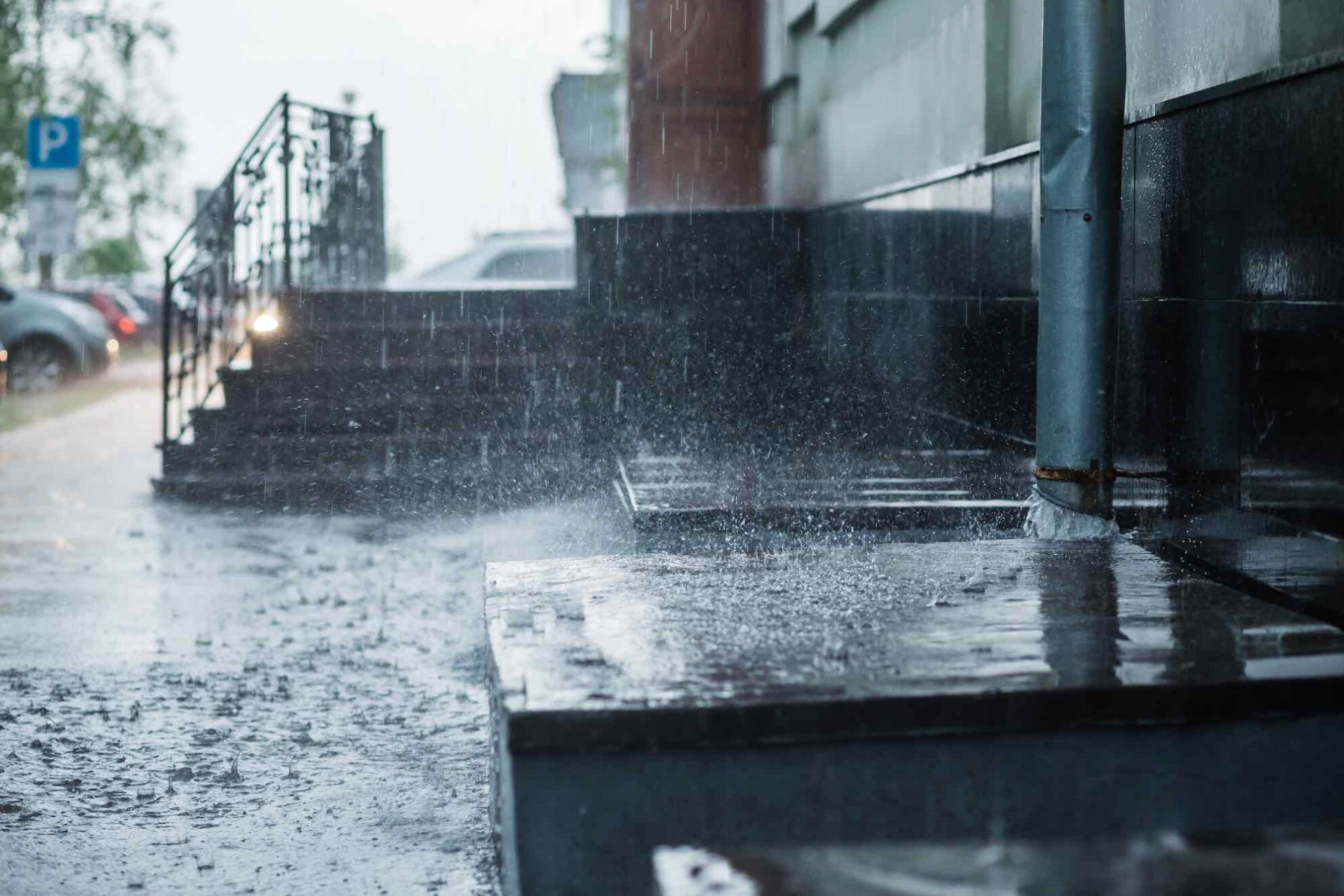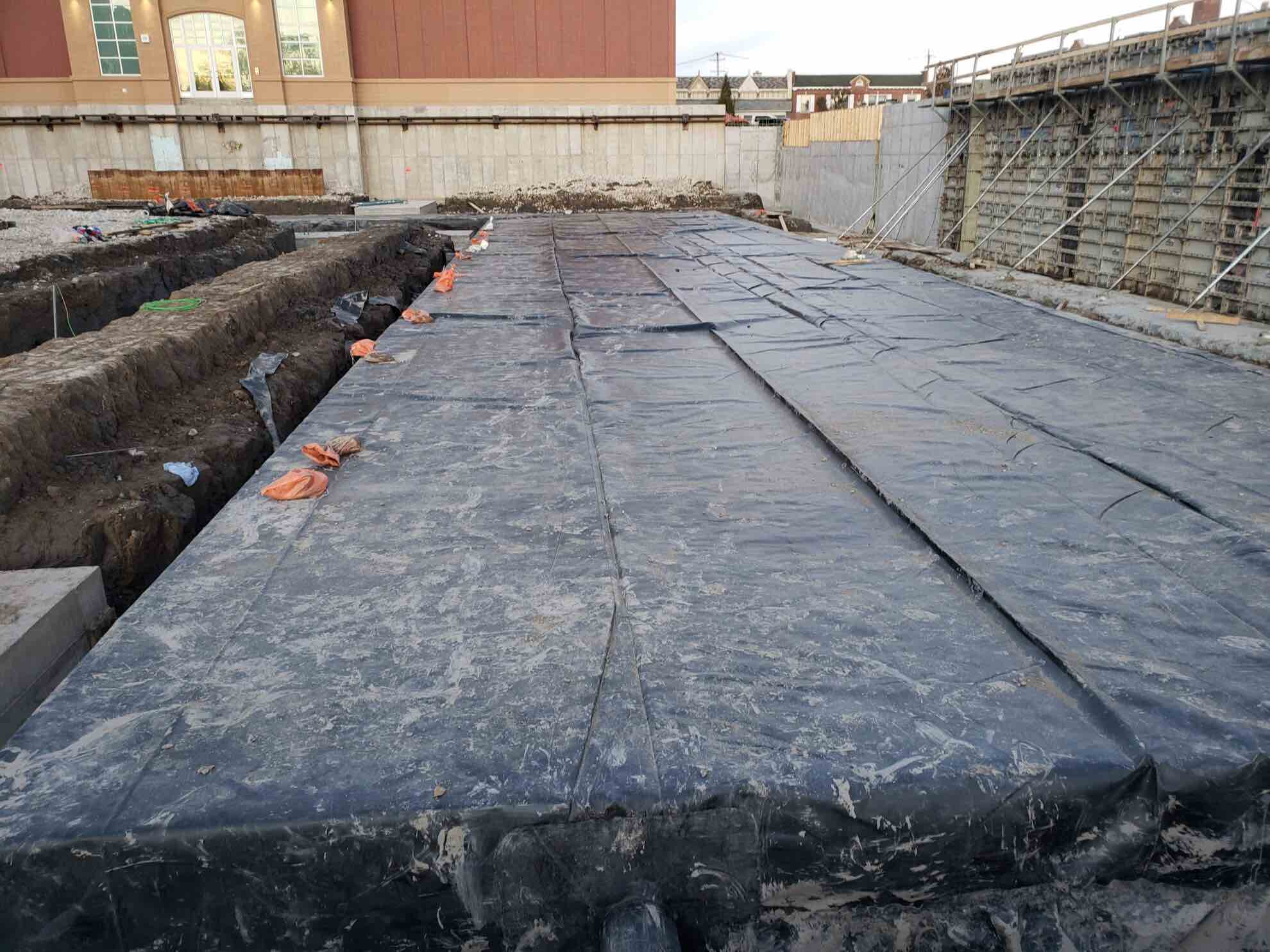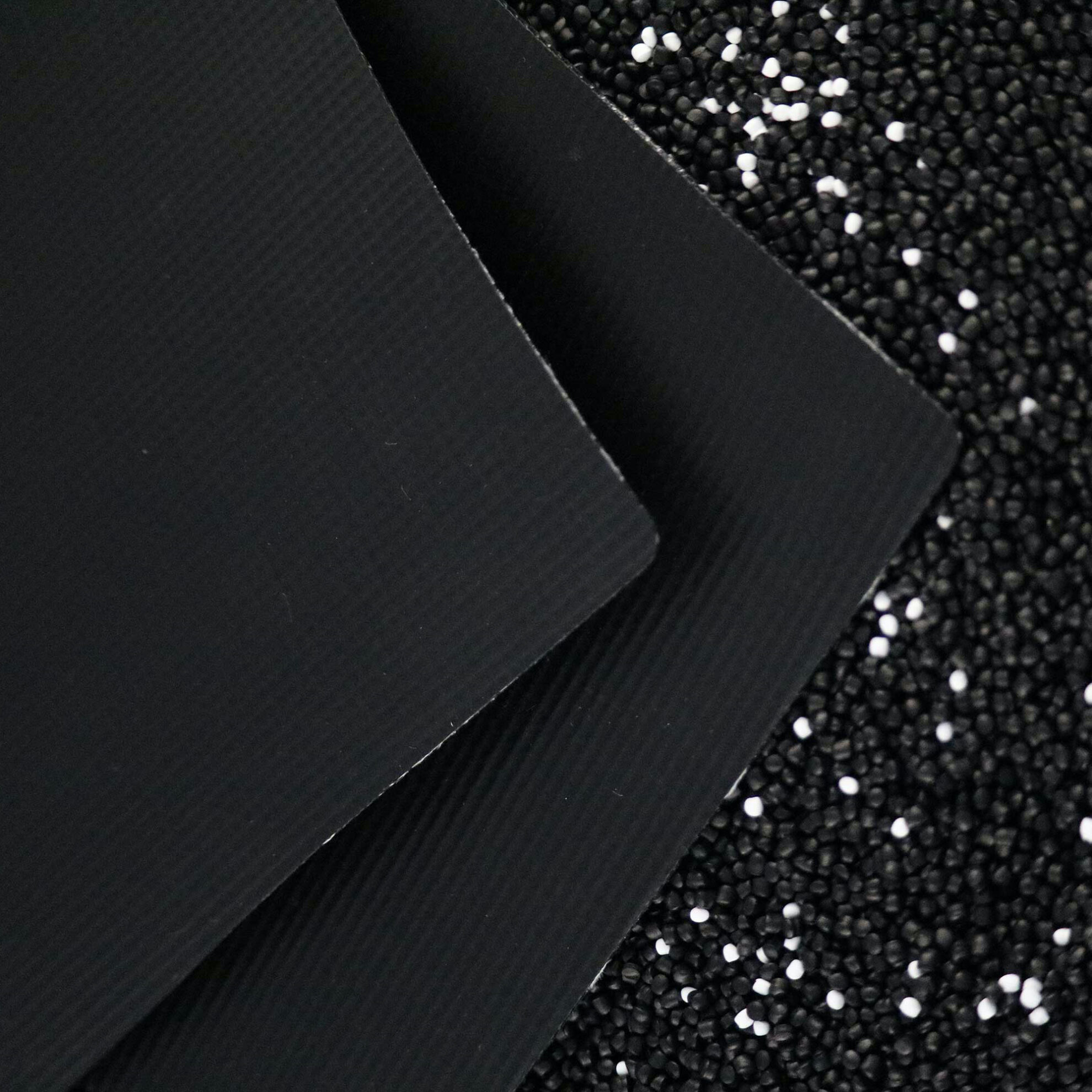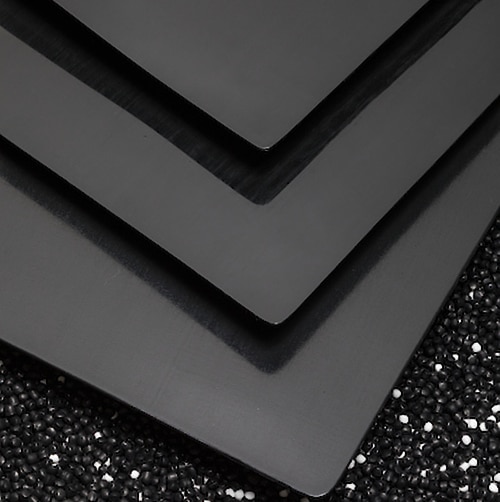There is an ever-increasing expanse of impervious surfaces being constructed by mankind. Pair this with climate change generating more severe storms that are dumping record amounts of water, and you get a lot of stormwater to deal with. The capture and treatment of this stormwater a growing concern in and around metropolitan areas. Stormwater is produced when rain or snow falls to the ground and intersects with impervious surfaces, such as rooftops, roads, and parking lots, instead of soil and naturally vegetated ground where it can infiltrate. There are a variety of factors that contribute to negative environmental impacts as a result of stormwater generation.

Flooding
Floods have become the most common natural disaster in the United States (Ready.gov). Although flooding can still occur outside of urban regions, the lack of greenspace for water to infiltrate into the ground is intensifies the phenomenon in metropolitan areas. With nowhere for the stormwater to go, it flows to the nearest storm drain, then waterbody which usually also overflows until the increased amount of water can be carried away downstream or be absorbed into the ground. The impacts of flooding can be catastrophic to mankind and the environment alike, more so to the former, as buildings, cars and even lives can be taken by high flood volumes caused by stormwater.
Soil Erosion
While it seems questionable to assert that “dirt” can have a negative impact to the environment, there are a variety of ways the transport of soil by stormwater can do damage. When increased amounts of sediment enters waterways, it overwhelms the ability of the system to cleanse itself and move it downstream. This results in a negative impact to the habitats for the fish and aquatic insects that live in our waterways. Soil also carries nutrients that can have a negative effect on the health and biodiversity of waterways by generating excessive plant and algae growth. In extreme circumstances, it can lead to a decrease of oxygen in the water, effectively killing the fish and aquatic insects that once called that waterway home.
Soil erosion also has a cost to mankind. When soils are transported from a site, it has the potential to become unstable and increases the likelihood of land, rock and mudslides. The resulting devastations can range from having to purchase replacement soil and rock, to the total loss of buildings, roads, and other infrastructure. There is an increased risk in stormwater transport when soils are left bare and without vegetation to help anchor them in place, making construction sites one of the more prone sites to soil erosion in developed areas.

Transport of Pollutants
As discussed above, sediments and nutrients are just some of the pollutants that can be carried to waterways during heavy storm events. Other pollutants that are transported by stormwater from roadways include heavy metals, oils and greases and refuse, such as cigarette butts that are not disposed of properly. Another source of pollution during large storm events comes from the greenspace outside of homes and businesses, as well as agricultural applications such as pesticides, herbicides, and fertilizers. Harmful bacteria can also be introduced to waterways through stormwater by the transport of feces, including those applied to farmland and the droppings Fido’s owner neglected to bag and trash. These pollutants have a wide range of impacts on waterways ranging from lowering oxygen levels to the contamination fish and other biota that is then passed up the food chain and ends up on our dinner tables.
Underground Stormwater Detention Systems
Metropolitan areas around the globe are creating systems to mitigate the impacts of urban-generated stormwater on the surrounding environment. The most popular of these methods is to capture and divert the water it into storage areas. From there, the stormwater can take a variety of courses including: storage and utilization for watering during dry periods, controlled release to a wastewater treatment system, or infiltration where it is released at a controlled rate to slowly permeate into the ground, allowing the biota in the soil to filter out pollutants before it reaches the groundwater table. While there are various methods of accomplishing this task, one of the most efficient in terms of space is the underground stormwater detention system.
 Many urban areas have precious little greenspace that is usually used for parks and recreation, not stormwater management. Turning these spaces into large open bioswales or raingardens to assist in absorbing stormwater is not only impractical in some circumstances, but also downright impossible in areas where greenspace is few and far between. Underground stormwater detention systems are generally large vaults that can be constructed underneath parking lots, roads, and existing greenspaces. These systems can additionally be equipped to filter out pollutants such as trash and sediments before they exit the structure.
Many urban areas have precious little greenspace that is usually used for parks and recreation, not stormwater management. Turning these spaces into large open bioswales or raingardens to assist in absorbing stormwater is not only impractical in some circumstances, but also downright impossible in areas where greenspace is few and far between. Underground stormwater detention systems are generally large vaults that can be constructed underneath parking lots, roads, and existing greenspaces. These systems can additionally be equipped to filter out pollutants such as trash and sediments before they exit the structure.
There are instances where underground stormwater detention systems are required to have secondary containment, including placement in areas with soil contamination, or if they are being used to store or deliver stormwater to a treatment system. This secondary containment system usually comes in the form of a geomembrane liner that requires a skilled team to install the various boots for pipe penetrations and sealing the deal to ensure it is watertight. International Cover Systems has experienced sales and installation teams ready to assist with the design and implementation of your underground stormwater detention project.





